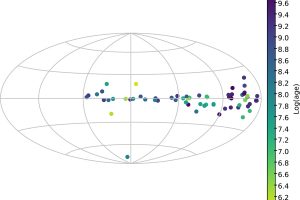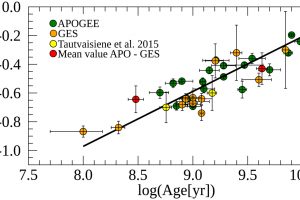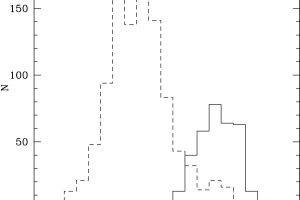Eight surveys for WEAVE. The paper: “The wide-field, multiplexed, spectroscopic facility WEAVE: Survey design, overview, and simulated implementation” of S. Jin (University of Oxford) appeared on MNRAS

About thirteen years ago, in January 2010, the meeting “Science with the William Herschel Telescope 2010-2020” took place at the Isaac Newton Group of telescopes (ING). During that meeting, the importance of spectroscopic surveys at medium and high resolution for various strategic fields in both galactic and extragalactic astronomy was discussed. In the same year, a document endorsed by the
» Read more



